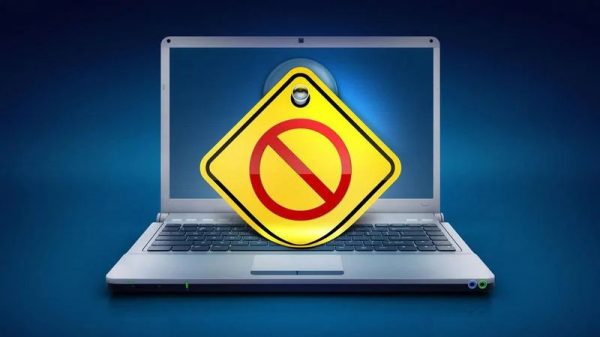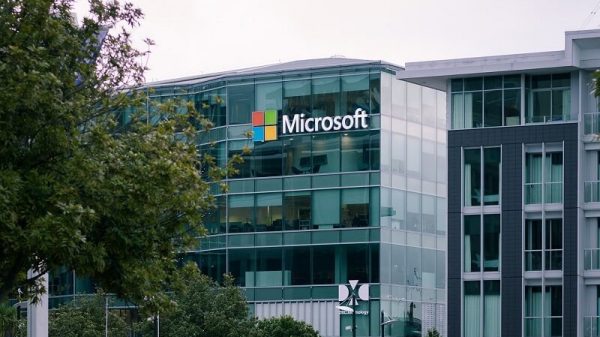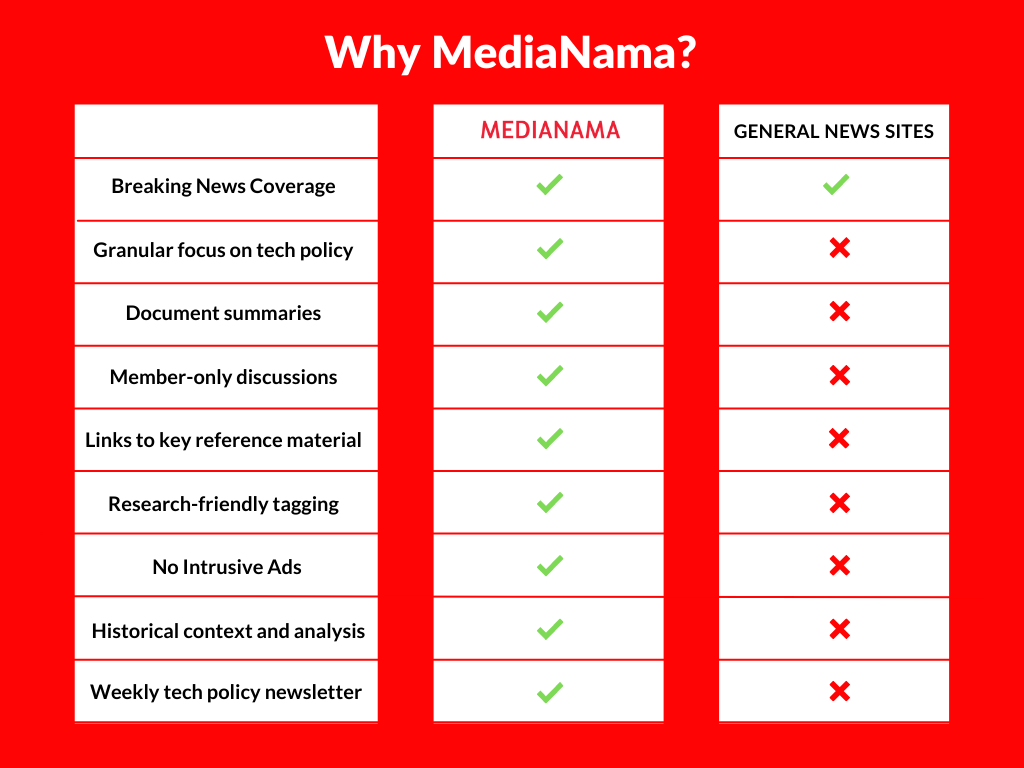The rate of music piracy in India remains higher than the global average (30%) at 68%, according to a report by the Indian Music Industry (IMI) which counts some of the biggest music labels in the country as its members. The report detailed trends being witnessed in the Indian digital music landscape in the wake of the COVID-19 pandemic.
However, it found that the percentage of time spent listening to music sourced from piracy dropped from 8.6% to 7.7% of total time spent listening to music, which indicates that streaming services are beginning to make inroads in India.
The profile, as provided by the report, of a “typical music pirate” in India suggests that it is a male within the 25-34 age range who owns a smartphone. He listens to music on YouTube, free audio streaming websites, and short-form video apps. A music pirate relies on illegal stream-ripping websites like Y2Mate and SaveFrom; they also use mobile apps like SnapTube apart from cyberlockers and Bitorrent, the report said.
The report sheds light on how Indians interact with audio streaming platforms which are poised to touch a billion dollars in 2025. It provides insight into how audio OTT streaming is emerging as a preferred destination of choice for Indians to consume music.
What are the proposed measures to curb piracy?
Stream ripping was found to be a popular choice in music piracy as it offers the benefits of a paid streaming service without adverts, the report said. It cited Indonesia as a point of reference for India to curb piracy. The report bemoaned the lack of administrative remedies for copyright enforcement in India, leaving no legal recourse for rights holders.
Here are the proposed measures:
- Clarify safe harbour protection: The report called for the government to specify that safe harbour protection under Section 79 of the IT Act, 2000 is “only applicable to the technical, automatic and passive intermediaries” and not to platforms such as “YouTube which promote and are actively engaged in music consumption”, and piracy-focused sites and services, cyberlockers, and mobile apps offering pirated content.
- Provide expeditious site blocking: IMI demanded that the government should provide a mechanism to expedite blocking sites which host illegal content. It also advised that the focus should be directed towards administrative site blocking measures.
- Establish mechanism for swift takedown notices: The report explained that an effective “notice and action mechanism mandating digital platforms to take down infringing content” after the receipt of the notice*, will go a long way in preventing piracy.
- Impose policies against repeat offenders: IMI demanded that digital platforms should be obliged to implement “repeat infringer” policy and “Know Your Business Customer” policy.
Rise of short-form videos apps
The report found that the consumption of music on short-form video apps was slightly lower for the 16-24 age group at 2.2 hours per week as compared to more than three hours for older respondents. Their survey found that one in five survey respondents used short-form video apps daily.
“MX Takatak and Moj were the two most popular apps. While MX TakaTak was popular for younger users, usage dropped in older groups.” — IMI report
The report said that these apps have emerged as a new source of music engagement for many people in 2021. They account for nearly 19% of overall music listening time per week; this was second only to YouTube which constitutes 22% of music listening time.
YouTube continues to dominate the music landscape
The report found that YouTube was the preferred way of most Indians to stream their music. As many as 58% used YouTube which is significantly higher than other streaming platforms.
“23% said YouTube was where they discovered most new music.” — IMI report
The IMI said that video streaming accounted for 50% of all hours spent listening to on-demand streaming services but only generated nearly 27% of overall streaming revenues for the recorded music industry. The video stream revenues in 2020 were Rs. 312.4 crores, 27.5 % of total streaming revenue.
“With YouTube dominant among streaming platforms in India, such platforms which have a user-generated content model and host copyrighted material on their websites need to be monitored closely,” the report warned, adding that the trend can impact the bottom line adversely.
Growth is on the horizon for music streaming platforms
The report found that official audio streaming services have witnessed growth in the last two years. The total revenue of the market in 2020 stood at Rs.1,332 crores out of which streaming contributed Rs. 1134 crores (85.1 %); sync Rs. 75 crores (5.6 %); other digital Rs. 67 crores (5%); performance rights at Rs. 39 crores (2.9%); and physical Rs. 17 crores (1.3%).
In 2020, the revenue from streaming showed a 20.6% growth, IMI said in its report. The revenue from subscription grew by 2% from Rs. 308 crores, and ad-supported income rose by 36.3 % from Rs. 372.4 crores in 2020.
All platforms, international and domestic, have been able to benefit from the said growth. However, Indians prefer international platforms over domestic audio streaming services. Nearly 11 % of surveyed respondents prefer Spotify, 6 % use YouTube Music, 4 % prefer Amazon Music and Wynk Music. Gaana and JioSaavn were preferred by 3% of users.
“In 2021, 94 % of surveyed music listeners streamed music on such services, growth of 4.7 % points compared to 2019. Two-thirds (67 %) said they used the paid tier of a streaming service, 4.5 % points higher than in 2019,” the report stated.
Gen Z does not like to pay for music
The survey conducted by the IMI found that the age group of 16-24 registered the highest use of music streaming overall (97 %) but they were least likely to pay for their services. Nearly half of surveyed respondents said that they pay to use a streaming service— a drop of 12.2 % from 2019, the report found.
“This age group was typically dissuaded from paying by the presence of YouTube (47% said they didn’t pay because all the music they wanted was available on YouTube) and the cost (45 % said a streaming service was too expensive),” the report explained.
Conversely, the age group of 35-44 (78 %) pay to use a streaming service, an increase of 13.4 % from 2019.
What issues have been flagged by the IMI in the past?
The clarification on safe harbour provision has been a longstanding demand of the IMI for years now.
“The internet, its intermediaries, and its standard business models are rapidly evolving. For instance, intermediaries that once qualified as passive pipelines of information, now actively track, manage, and control the content on their platforms. Thus, one area for regulators to explore could be around outdated safe harbor provisions and exceptions that shield internet intermediaries from liability – these could be factors that enable the value gap.”— IMI-Deloitte Report in 2019.
One of the notable aspects from 2019’s report is the fact that IMI was wary of music streaming websites back then. The organisation and music industry executives expressed concern about the business model of streaming services who, they thought, were “merely seeking valuation”, and harming the music industry in the process.
“The primary focus is to increase valuation,” said Vikram Mehra, IMI chairman and Saregama MD, drawing a parallel to WhatsApp which doesn’t earn any revenue. “Any global platform uses monthly active users, and they get that by giving content for free.”
“The intent of the music industry was to sell music, after digital came in, now the intent is to sell the business,” said Atul Churamani of Turnkey Music.
“It’s all about getting a higher valuation, and I can’t understand the business model or the value proposition. You give my music away for free, and hope for ads and subscribers using my music, and you’ll give me a percentage of that. That’s supposed to be my business model,” he added.
The freemium model employed by the likes of Spotify did not go down well with executives then. Devraj Sandyal from Universal Music Group said the problem in the Indian music streaming industry was that consumers were used to freeness, “but we need to make sure that free isn’t good”. He said piracy has to become an actionable offence to “make sure that future generations understand that free is not okay”, and sought the government’s help.
Aditya Gupta from Aditya Music said music OTT services have a significant subscriber base, and now the focus should be on making them pay, even if it starts with small payments.
This post is released under a CC-BY-SA 4.0 license. Please feel free to republish on your site, with attribution and a link. Adaptation and rewriting, though allowed, should be true to the original.
*Update: The post was edited on March 23, 2022 at 16:00 as it said ‘order’ instead of ‘notice’ erroneously in one of the recommendations for curbing music piracy. The error is regretted.
What will be the future of music streaming services in India?
Do you want to keep track of OTT streaming regulation in India but don’t have the time? Relying on scattered content from across the web makes it feel harder than it needs to be.
Subscribe to MediaNama and get crisp, timely updates on tech policy developments in India and across the world.
Also Read:
- UK’s competition regulator plans probe into Spotify and other music streaming platforms
- In India, music streaming services pay 10–18 paise per stream to labels: Tips Music’s Kumar Taurani
- TikTok parent Bytedance launches music streaming app Resso
- Policy issues raised in the Indian Music Industry’s Vision 2022 document; Safe Harbour
Have something to add? Subscribe to MediaNama here and post your comment.






























